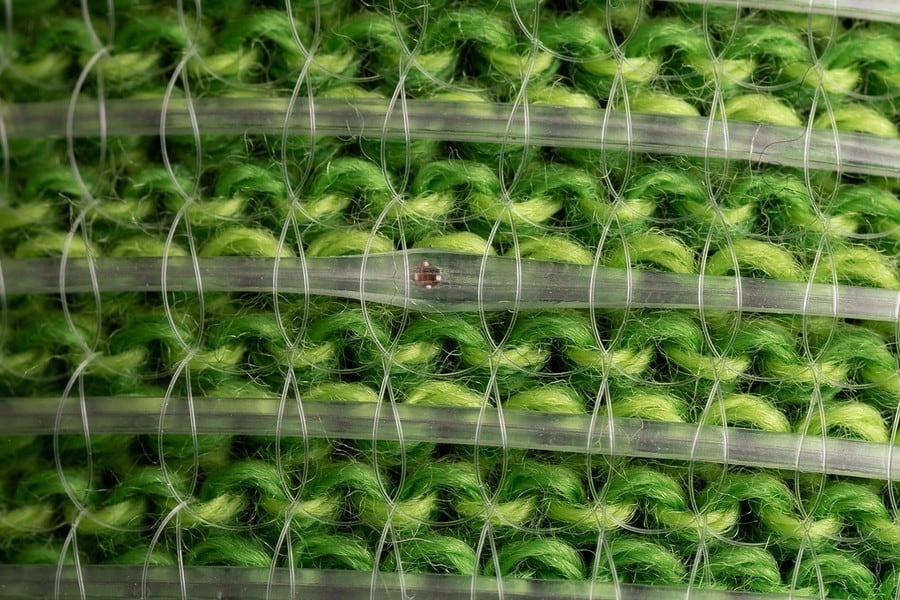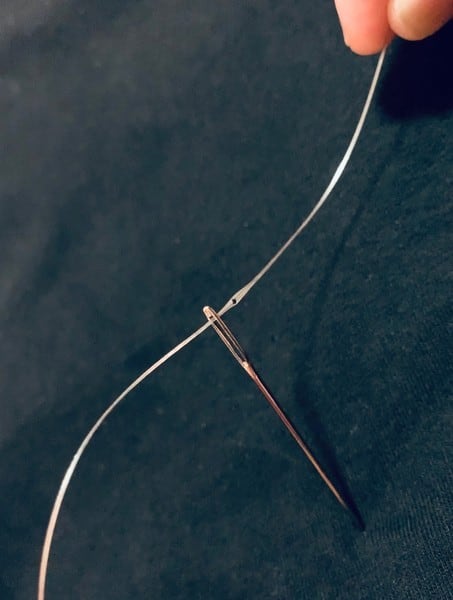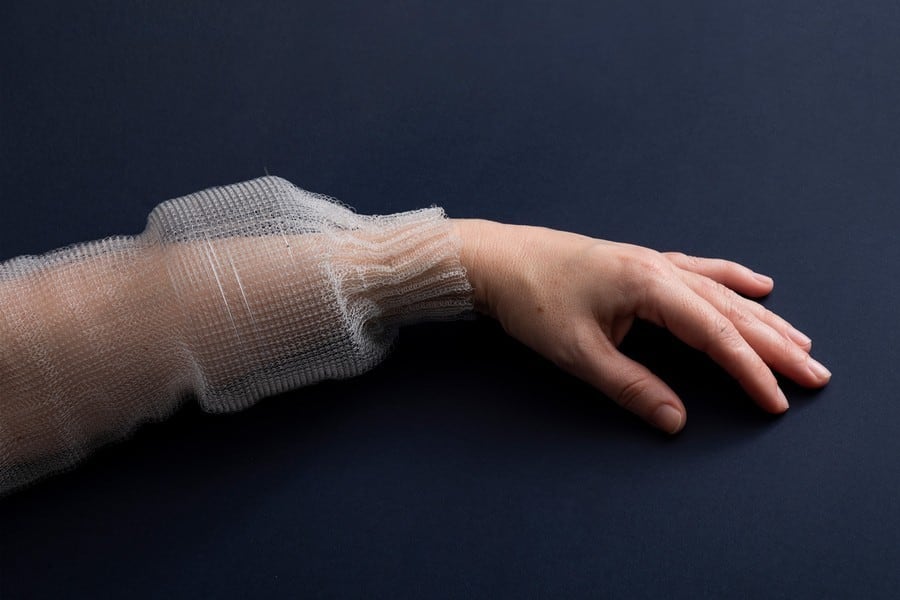Researchers have taken the first steps in building fiber-embedded clothing that works like a “fiber computer” on the body, able to collect and communicate a soldier’s physiological, environmental and location data for near-instant feedback.
Future uniforms with this technology could power sensors, store and analyze collected data and transmit that data to outside sources, according to an Army release.
The project is part of work done at the Army’s Institute for Soldier Nanotechnologies at the Massachusetts Institute of Technology, and through the Combat Capabilities Development Command’s Army Research Laboratory.
MIT doctoral student Gabriel Loke, also lead author of a paper published with 13 other researchers in Nature Communications, talked with Army Times about the early research work and next steps for the project.
RELATED

A little more than two years ago, Loke and his fellow researchers started thinking about how they might pair tiny fibers and microchips with sensors in clothing that could store and transmit digital data.
If researchers could do that, they could far surpass what today’s smart watches track. Clothing on the body covers nearly its entire surface, especially when counting gloves and shoes.
That gives any kind of network more area to draw from and an ability to track all sorts of signals coming off of the human body at any time, Loke said.
Researchers sewed the fiber around the armpit portion of a shirt and then collected 4.5 hours of surface body temperature data from the person wearing it.
They analyzed the results and found the fiber was able to conclude with 96 percent accuracy the activity the user was doing while wearing the shirt.
Loke described making the fiber as similar to how candy canes are made. Different strands of material are pulled and stretched from a kind of pool of material until they weave together to create the strand.
The strands they created can pass through the eye of a needle, be sewn into fabrics and be washed at least 10 times before breaking down, according to the Army release.
At the same time, researchers had to not only make the tiny, durable strands but also embed microchips into the .08mm diameter fiber.
That was done by pulling fiber off spools that are fed into a preformed mass containing the chips.
The chips align with the fiber as it’s pulled through the solution.

The fibers someday could sense and alert soldiers in real-time to health changes, like a respiratory decline or an irregular heartbeat. It could also deliver muscle activation or heart rate data during training exercises, according to the Army release.
Early test of data collection looked at body temperature, but other efforts would go beyond the morning’s workout or weekend field training exercise.
With more data gathered over time and in different conditions, analysis could open up some interesting insights into long-term performance and health.
Beyond signals coming from the body, Loke pointed out that a soldier’s clothing is soaking up whatever is in the environment. Future sensors could help detect toxin exposures, the length of time they’ve been exposed and even monitor the physical effects those toxins have on a soldier.
The future applications are wide open — depending on how sophisticated tiny sensors can get.
“We could outfit our Soldiers with uniforms that could generate power, give them vital information about their physiology and environmental exposures, provide their location to their team and alert someone if they incur an injury,” said Dr. James Burgess, soldier nanotechnologies program manager, in an Army release. “All of this could be done with very little increase in weight carried by the Soldier.”

The size and weight factors are taken care of by the tiny fibers being used.
“When you put the fiber into a shirt, you can’t feel it at all,” Loke said. “You wouldn’t know it was there.”
There are challenges that remain, like generating enough power and processing capability to make the information gathered usable.
Early in the project, the idea was to squeeze a computer’s capabilities into a single strand of fiber.
Two major functions of a computer are processing information and storing it, or memory.
Researchers were able to write, store and read information on the fiber. That included a 767-kilobit full-color short movie file and a 0.48-megabyte music file.
Researchers have already shown that the clothing soldiers wear can store those files for two months without power.
In the coming months, further experiments are scheduled to overcome the processing challenges.
The next step is generating enough power from the network of fibers to do the processing work it would require to take all of the information that sensors pick up and deliver it in a usable form.
Todd South has written about crime, courts, government and the military for multiple publications since 2004 and was named a 2014 Pulitzer finalist for a co-written project on witness intimidation. Todd is a Marine veteran of the Iraq War.





